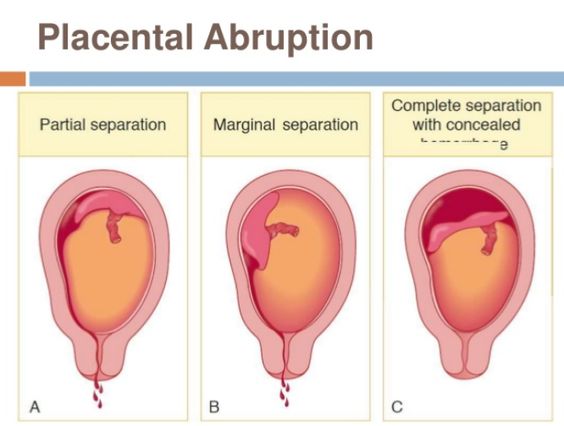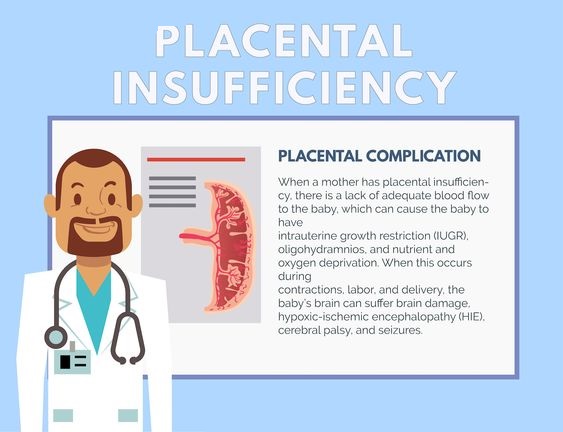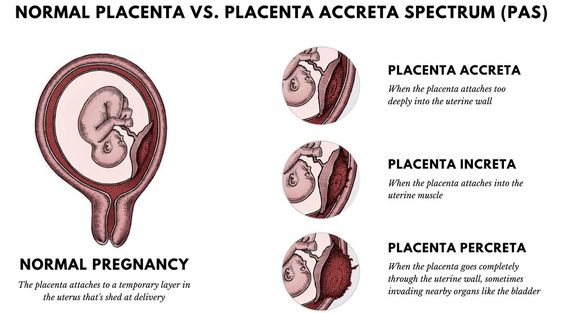The placenta is the lifeline for your unborn baby, helping with everything – from ensuring there is adequate oxygen and nutrient supply to eliminating waste. Which is why, when there’s a problem with the placenta, things can go south fast if you don’t take adequate steps, whether that means bed rest or medication. Here are 4 placenta disorders that you should know about so you can be alert to any trouble in time.
Also Check: 8 Home Remedies For Tackling Indigestion During Pregnancy
1. Placenta Previa
The placenta lies low in the early phases of the pregnancy. Then, it gradually moves up to the top of the womb, keeping the cervix clear for the birth. For those with placenta previa, the placenta covers the opening to the cervix either partially or totally because it grows at the lowest section of the uterus. This condition occurs in 1 in 200 pregnancies. In some instances, the placenta may be located close to the cervix but not actually covering the opening – this is called marginal placenta previa. Symptoms include cramps or sudden bleeding at the end of the second trimester or early in the third trimester. In case of severe bleeding, the baby may need to be delivered early. If not, it is usually managed through a combination of bed and pelvic rest, cutting down activity, and medication.
2. Placental Abruption

A condition that affects just 1 percent of all pregnancies, placental abruption is serious because of the possibility of premature birth and growth issues, or even stillbirth if not dealt with properly.
While the causes are not fully understood, your risk of this problem increases if you have high blood pressure, suffer an abdominal injury, smoke or take cocaine. If you experience a placental abruption, it means your placenta has begun to separate from the uterine wall, typically causing vaginal bleeding, frequent contractions, and stomach pain.
For partial separation, the doctor will usually suggest bed rest. The pregnancy will also be closely monitored. If there is trouble, emergency treatment like transfusions may be warranted. In the case of more severe abruptions, and if the due date is close, the doctor may advise delivering your baby right away. Sometimes, a cesarean section is suggested.
3. Placental Insufficiency

Placental insufficiency causes the baby to receive inadequate nutrients and oxygen from the mother’s body, due to the placenta not functioning as it should. This could cause fetal stress, a more challenging labor, and could affect the growth of the baby.
There are no visible symptoms, but a doctor may be able to detect an issue if the uterus isn’t growing as expected. An ultrasound can pin down problems if any. Your doctor may also ask you to track the baby’s movements and activity levels every day. If you’re not yet past 37 weeks, the doctor typically just monitors you and the baby closely. Diabetes or high blood pressure may also be treated to help with the growth of the baby. If you have cleared 37 weeks, the baby may be delivered if the doctor feels he/she is not doing well.
4. Placenta Accreta, Increta, And Percreta

For some pregnant women, the placenta, which is supposed to be attached to the uterine wall, attaches more deeply than it should. This results in 1 of 3 conditions depending on how deep and severe the level of attachment is. Placenta accreta, increta, or percreta occur in about 1 in 2500 pregnancies.
Placenta Accreta: In the bulk of pregnancies where the attachment is too deep in the uterine wall, the placenta does not actually penetrate the muscle of the uterus. This is known as placenta accreta and accounts for three-quarters of such cases.
Placenta Increta: About 15 to 17% of placenta abnormalities are placenta increta. Those affected see the placenta attaching too deeply to the uterine wall. It penetrates the uterine muscle as well. However, it doesn’t go as deep as the uterine serosa (the membrane lining the uterus).
Placenta Percreta: In just 5% of cases the problem is a little more severe and the placenta doesn’t just stop at the uterus wall. It goes through the wall and proceeds to attach to organs like your bladder.
If you’re diagnosed with any of these problems, the doctor will want to watch your pregnancy carefully. If need be, surgical intervention could be required to help save the uterus. In severe cases, a hysterectomy may be the only recourse to protect your baby and you.
Read More Posts:
